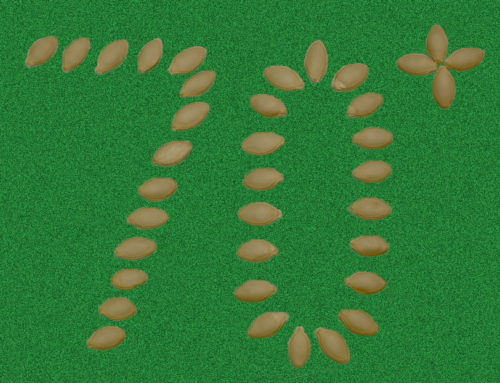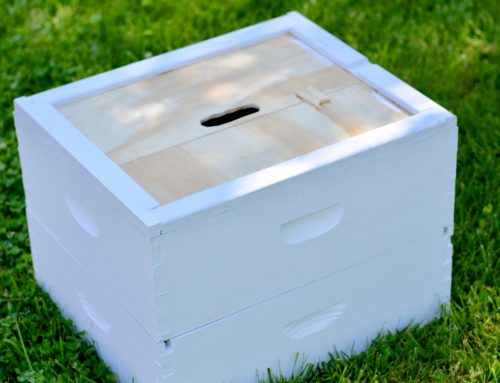While it may seem rather obvious, the concept of saving seeds was new to me. Somewhere in the midst of my purchasing packs of seeds, I happened upon the idea that I could be saving my own rather than buying new ones annually. Since I knew little about saving seeds, I began briefly researching the activity and quickly learned two key lessons: saving seeds is more complicated than I had assumed and saving seeds is more important than I ever could have imagined.
Every gardener should be saving seeds, both for the benefit of their own garden and for the benefit of the genetic diversity of the food supply worldwide. We live in a time where living things are being patented in the form of genetically modified organisms and the diversity of seeds we once had is starting to diminish. Preserving heirloom open pollinated seeds is necessary for the freedom to grow our own food and for the sustainability of our food sources. Saving seeds is a necessity. But saving seeds is also a bit complicated. Because different varieties of plants fertilize and produce seeds differently, saving seeds is accomplished through a variety of means. Having a trustworthy reference is vital, and anyone interested in saving seeds is certain to find Seed to Seed: Seed Saving & Growing Techniques for Vegetable Gardeners by Suzanne Ashworth a tremendous addition to their gardening resource library. As the subtitle suggests, this book pertains to saving seeds from vegetables. If you have never saved a seed before, then this is the book you need. The entire first section is dedicated to introductory topics such as the importance of saving seeds, a biology lesson on plant reproduction, pollination, seed cleaning, and seed storage. The remainder of the book is dedicated to species specific seed saving information. Ashworth writes a brief, structured overview of many vegetable species discussing: botanical classification, method of pollination, seed production, seed statistics, growing from seed, and United States regional growing recommendations. The major vegetable families included are: Amaryllidaceae, Brassicaceae, Chenopodiaceae, Compositae, Cucurbitaceae, Leguminosae, Solanaceae, Umbrelliferae. A few more vegetables from other families are also included as well such as sweet potato, sorghum, basil, asparagus, okra, rhubarb, and sorrel.
I use this book not only as a resource for saving seeds, but also as a resource for starting seeds. Ashworth includes detailed information about seed starting for many vegetable species including germination times and temperatures, planting depth, direct seeding vs. transplant, and when to thin, if required. My confidence and success starting seed indoors has greatly increased since purchasing this book.
While Seed to Seed is not a thriller or an enthralling novel, you will find this seed saving encyclopedia extremely handy when you want to save a new seed or start a new vegetable from seed.
| The Bottom Line: A necessary resource for any seed saver! | |||
|---|---|---|---|---|
| Pros: | Cons: | The Details: | ||
| Easy to navigate | Limited information about saving seeds from flowers | Cost: $21-$25 for paperback | ||
| Comprehensive | No regional recommendations specifically for Great Lakes or Midwest | Where to Buy: Amazon | ||
| Valuable information for beginners & experts alike | (although I still recommend this book even if you live in one of these regions) |
An excellent resource book for any gardening library!
After reading the book, beginners like myself may also find it useful to watch a few videos produced by Seed Savers Exchange. These videos have helped me fully understand the techniques used to save a variety of seeds.
This post may contain affiliate links, which means that at no additional cost to you we may make a small commission if you click on the link & make a purchase. Thank you for your support!






Leave A Comment